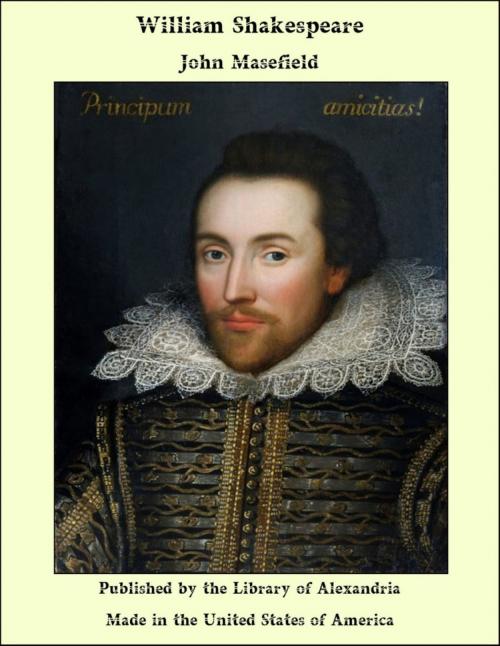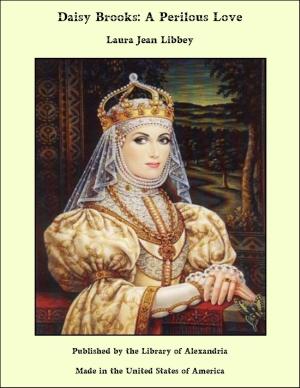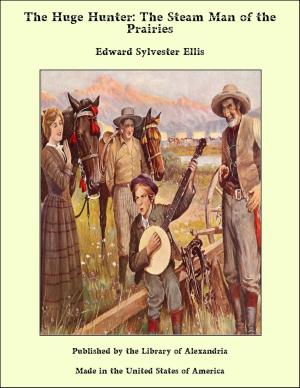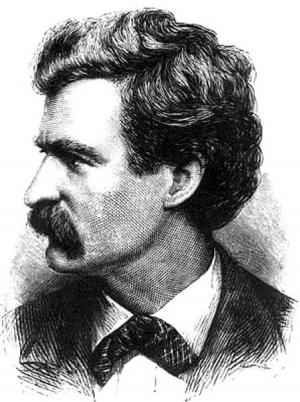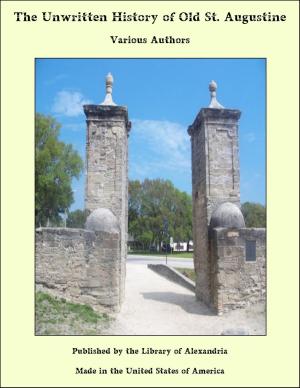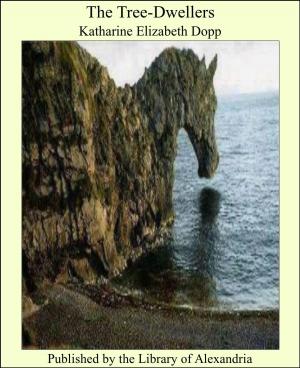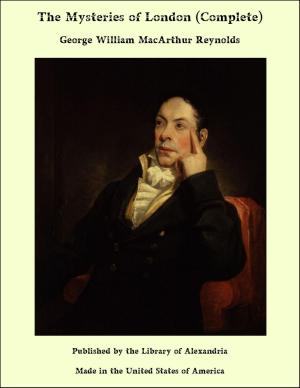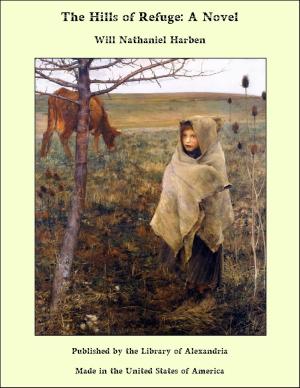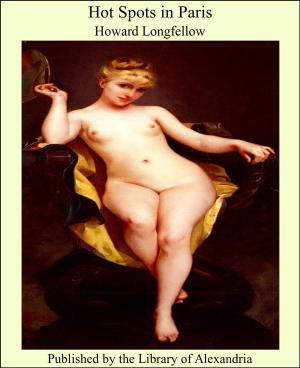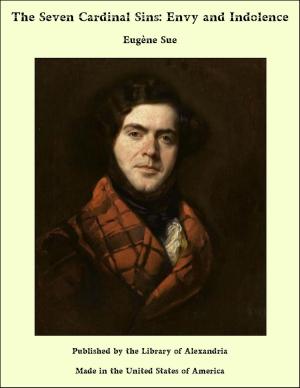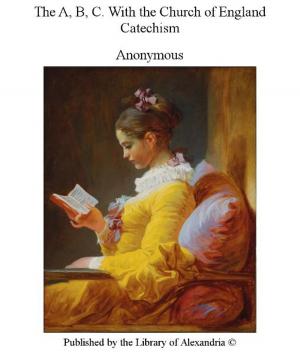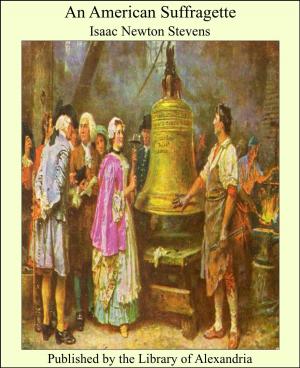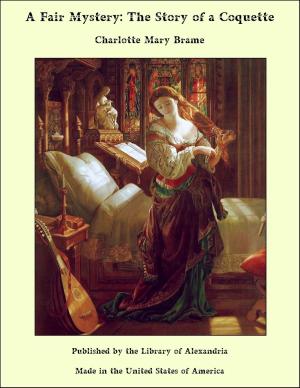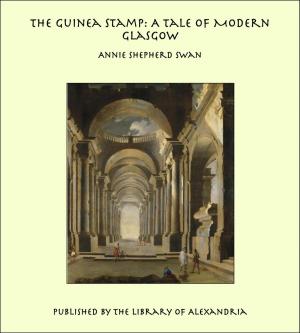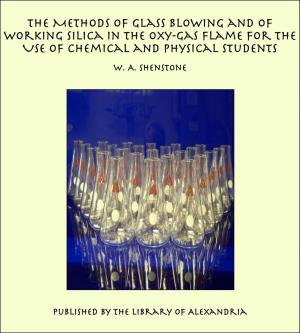| Author: | John Masefield | ISBN: | 9781465587879 |
| Publisher: | Library of Alexandria | Publication: | March 8, 2015 |
| Imprint: | Language: | English |
| Author: | John Masefield |
| ISBN: | 9781465587879 |
| Publisher: | Library of Alexandria |
| Publication: | March 8, 2015 |
| Imprint: | |
| Language: | English |
Stratford-on-Avon is cleaner, better paved, and perhaps more populous than it was in Shakespeare's time. Several streets of mean red-brick houses have been built during the last half century. Hotels, tea rooms, refreshment rooms, and the shops where the tripper may buy things to remind him that he has been where greatness lived, give the place an air at once prosperous and parasitic. The town contains a few comely old buildings. The Shakespeare house, a detached double dwelling, once the home of the poet's father, stands on the north side of Henley Street. A room on the first floor, at the western end, is shown to visitors as the room in which the poet was born. There is not the slightest evidence to show that he was born there. One scanty scrap of fact exists to suggest that he was born at the eastern end. The two dwellings have now been converted into one, which serves as a museum. New Place, the house where Shakespeare died, was pulled down in the middle of the eighteenth century. For one museum the less let us be duly thankful. The church in which Shakespeare, his wife, and little son are buried stands near the river. It is a beautiful building of a type common in the Cotswold country. It is rather larger and rather more profusely carved than most. Damp, or some mildness in the stone, has given much of the ornament a weathered look. Shakespeare is buried seventeen feet down near the north wall of the chancel. His wife is buried in another grave a few feet from him.
Stratford-on-Avon is cleaner, better paved, and perhaps more populous than it was in Shakespeare's time. Several streets of mean red-brick houses have been built during the last half century. Hotels, tea rooms, refreshment rooms, and the shops where the tripper may buy things to remind him that he has been where greatness lived, give the place an air at once prosperous and parasitic. The town contains a few comely old buildings. The Shakespeare house, a detached double dwelling, once the home of the poet's father, stands on the north side of Henley Street. A room on the first floor, at the western end, is shown to visitors as the room in which the poet was born. There is not the slightest evidence to show that he was born there. One scanty scrap of fact exists to suggest that he was born at the eastern end. The two dwellings have now been converted into one, which serves as a museum. New Place, the house where Shakespeare died, was pulled down in the middle of the eighteenth century. For one museum the less let us be duly thankful. The church in which Shakespeare, his wife, and little son are buried stands near the river. It is a beautiful building of a type common in the Cotswold country. It is rather larger and rather more profusely carved than most. Damp, or some mildness in the stone, has given much of the ornament a weathered look. Shakespeare is buried seventeen feet down near the north wall of the chancel. His wife is buried in another grave a few feet from him.
